Plan For A Successful Overseed Of Fine Turf
By Chris Humphrey MBPR FQA, Technical Manager
Last summer thinned out a lot of weaker grasses along with some that we wished to keep. Overseeding this spring has had some effect but it was cold and dry – not ideal conditions for the establishment of new seed. With the autumn fast approaching it is time to ensure that everything is in place for a successful overseeding.
For a seed to germinate and establish it needs to be planted in a rootzone, kept moist and have sufficiently warm temperatures. A new seed needs to grow in soil and will not survive very well in a compacted thatch layer. Before overseeding try to remove as much thatch as you can. Ensure that the moisture levels are adequate and are maintained from prior to sowing right through to full establishment.
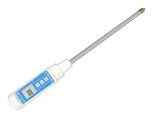 Use a Professional Soil Moisture Meter to check the soil moisture.
Use a Professional Soil Moisture Meter to check the soil moisture.
If the soil is hydrophobic it will need a curative wetting agent such as Aqueduct liquid or Aqueduct Flex granules. Once the soil is moist it is good practice to maintain the moisture levels with a quality block co-polymer wetting agent such as Prestige Super Replenish Plus, Aquatrols Primer Select or ICL H2Pro TriSmart.
Consider what seed is most suitable for your surface. Grass breeders have developed some fantastic new dwarf ryegrasses over the last few years; some of these have leaves as fine as fescue, are far more disease resistant and can be mown down to 4mm.
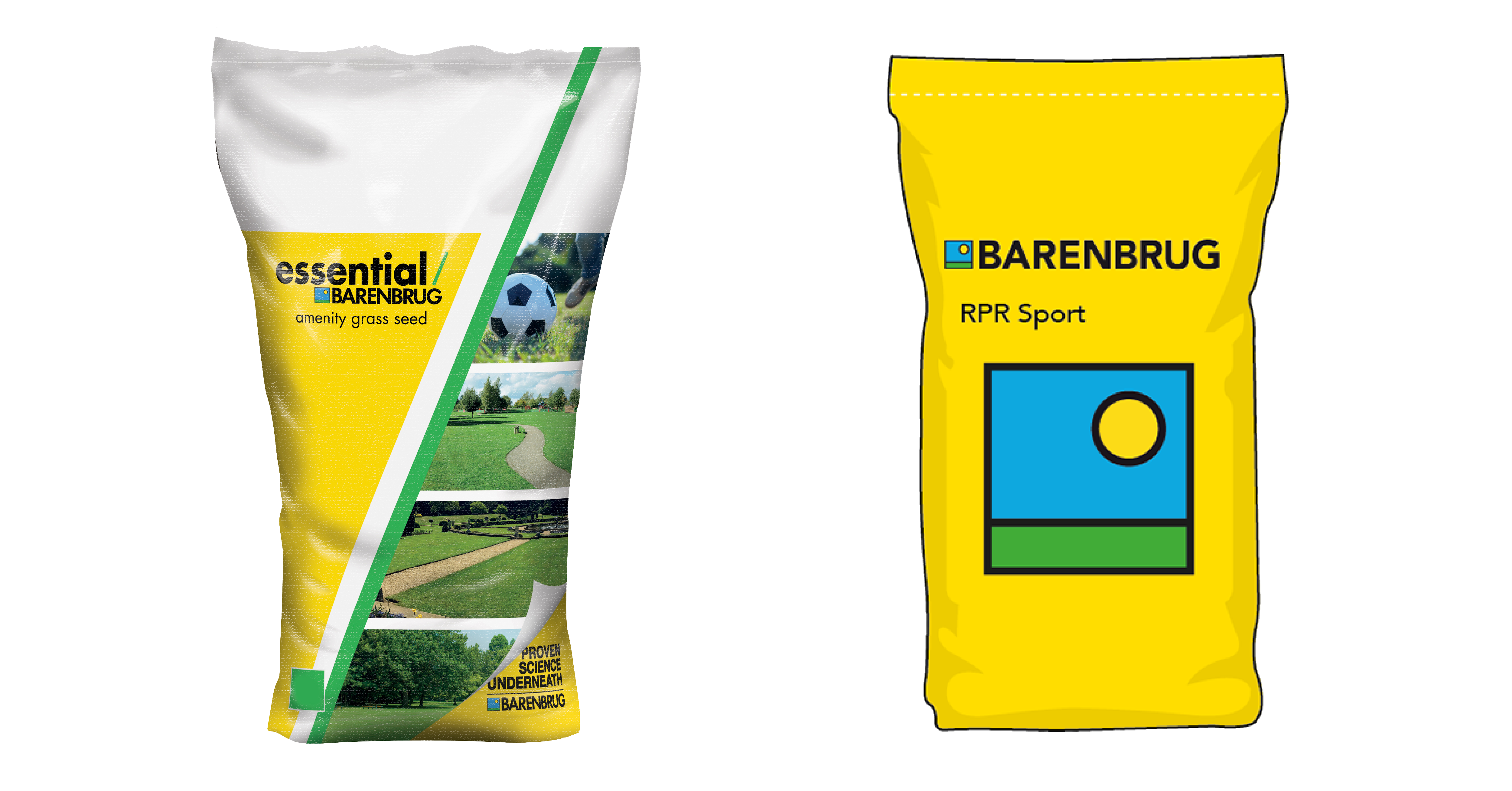
The quality of your turf starts with choosing the right seed in the first place. As well as looking at cultivars it is important to pick a seed that has the highest purity so that you are not planting weed seeds, chaff or annual meadow grass. Use quality clean seed with the highest germination rates such as Barenbrug.
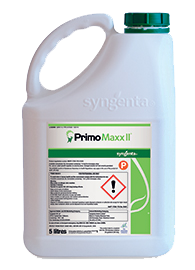
To aid establishment apply Primo Maxx II at half standard recommended rate five days before overseeding and again two weeks later. The Primo Maxx II holds back the top growth and allows the new seedling more room to establish without competition for light.
I don’t know how many times I have heard people say that the overseeding hasn’t worked. One of the main and simplest reasons is that the seed has not been planted. On my allotment I don’t just scatter the potatoes on the top and hope to get a good crop. Seed needs to be planted at the correct depth into the rootzone, if there is some thatch then plant into the soil below any thatch layer. There is a variety of great seeders on the market; disc, dimple or slot to suit every situation.
Recommended planting depths:
Bent – Soil contact
Fescue – 8mm to 12mm
Rye – 10mm to 15mm
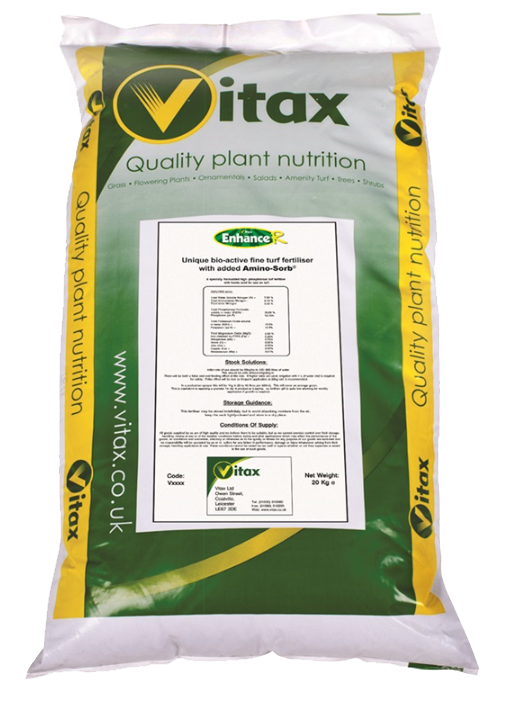
Every seed has its own bank of nutrient and all it needs to germinate. Seeds do not need to be coated in fertiliser, this just adds to the weight of the bag and means that you get less seed for your money (up to 50% in some cases)!
Vitax Enhance R Once seedlings can be seen, it is important to apply some fertiliser to encourage establishment. Seedlings need a balanced fertiliser to allow root and shoot growth. is a fertiliser which contains particular Amino acids for turf rooting. Avoid any applications of Sulphate of Iron as this can dry out the leaf.
All the time the weather is above 6 degrees centigrade, spray regular monthly applications of Prestige Super Humic Acid to help develop good rooting, remembering to continue in the spring when the temperatures rise again. Good rooting will aid drought resistance into the forthcoming season.
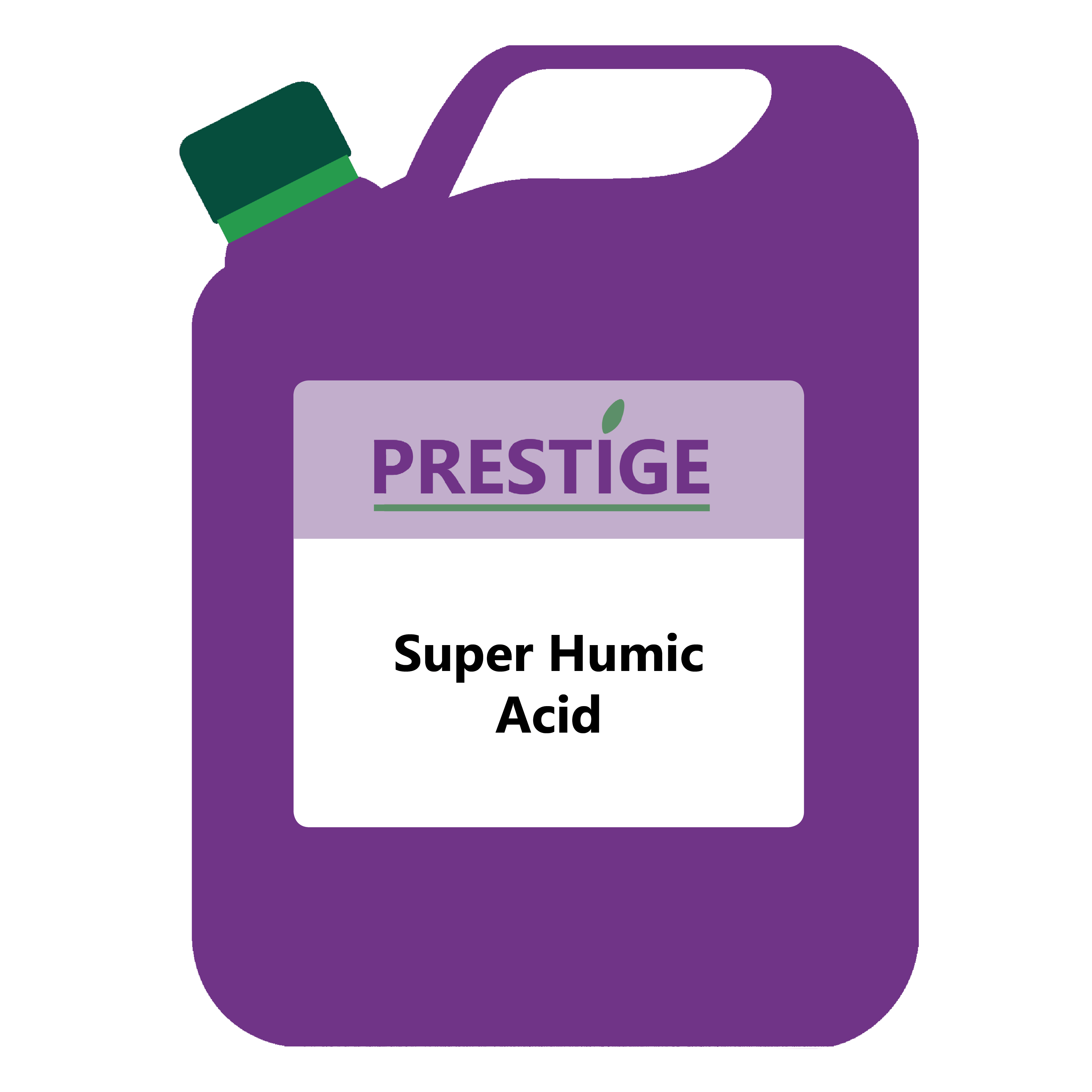
Once the seed has established but is still young it is important to give it every chance. Maintain moisture levels with a quality block co-polymer wetting agent and switch to a penetrative wetting agent in the late autumn to remove any excess surface moisture and stop the new seedlings rotting off.
Following these relatively simple but important steps will give your seed a much better germination and establishment rate, saving you both money and time in the long run.